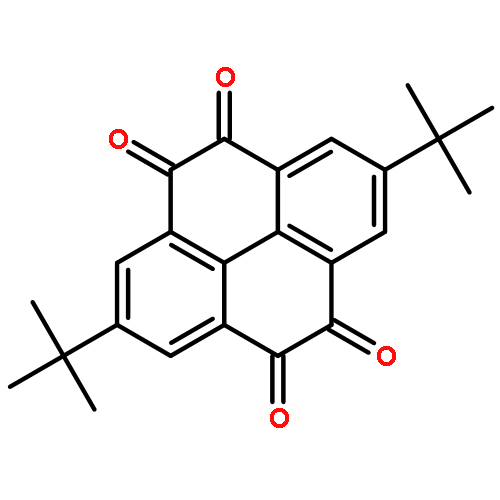•A sensor (1) with quadrapyridyl type receptor and large chromophore was obtained.•1 exhibit sensitive off-on fluorescent response to Cd2+ in aqueous media.•The response of 1 to Cd2+ is immune to the interference of other metal cations.•1 is highly biocompatible and was used to the in vivo Cd2+ imaging in living cells.By retaining the quadrapyridyl receptor of polypyridylhexaazatriphenylene (a Cd2+ sensor reported by us) and extending its chromophoric group with pyrene, a chemical sensor (1) was designed and synthesized in this work. This sensor exhibit selective off-on fluorescence response to Cd2+ over other metal ions, and the detection limit is as low as 0.02 μM. The Cd2+ sensing of 1 has high water toleration and can be carried out in the media with the water content up to 70%. Additionally, 1 was successfully applied to the in vivo imaging of intracellular Cd2+ in living HaLa cells, and showed low cytotoxicity and cell membrane permeability in these experiments. These results suggest that 1 has potential application in the Cd2+ analysis of environmental and biological samples.A polypyridyl-pyrene based chemical sensor showed selective off-on fluorescence response to Cd2+ in aqueous media and was successfully applied to the in vivo imaging of Cd2+ in living cells.

